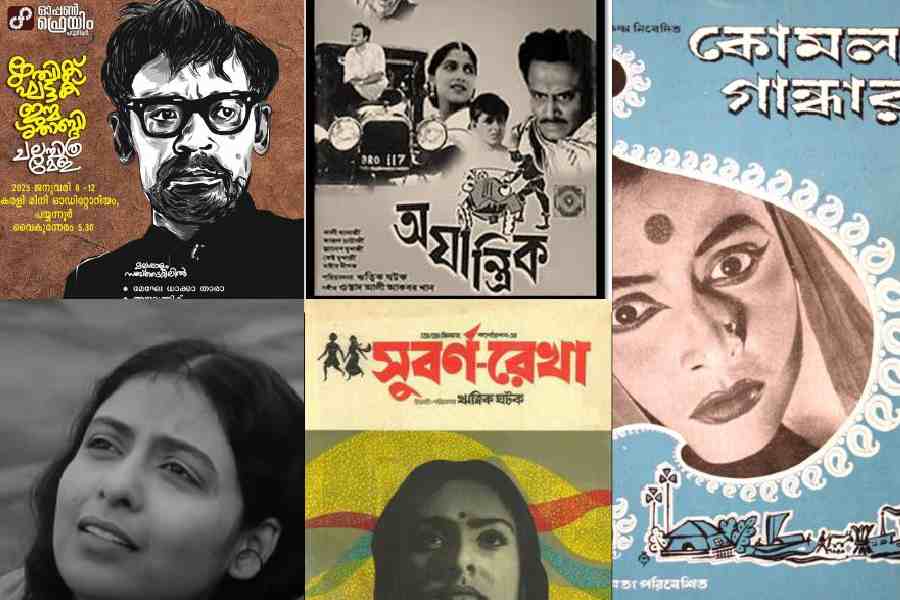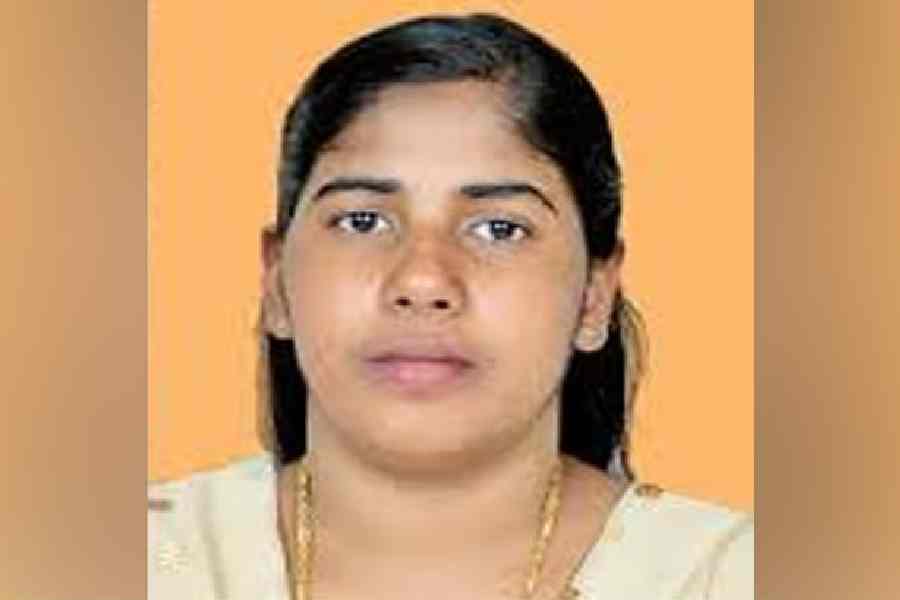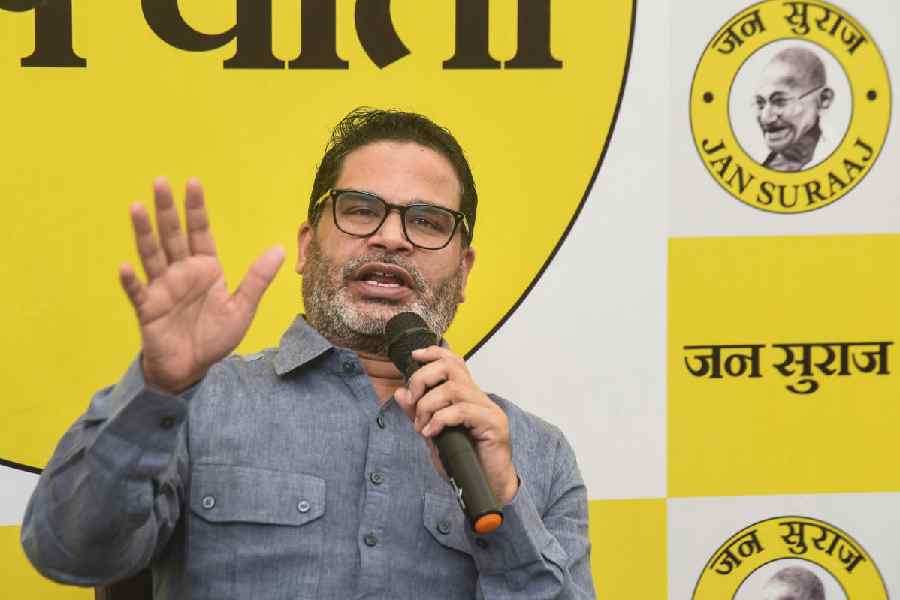This is the first time Ghatak’s films will be screened in Kerala with Malayalam subtitles,” says Ramachandran K. “We do not trust machine translations; subtitling needs a human understanding of the art. A labour of love beyond all shortcuts,” he adds. Ramachandran is president of the Open Frame film society, which is organising a five-day-long festival titled “Ritwik Ghatak Birth Centenary Film Festival”. The event, which is open to all, will involve the screening of five of Ghatak’s films — Meghe Dhaka Tara, Ajantrik, Subarnarekha, Komal Gandhar and Jukti Takko aar Gappo — from January 8 to 12.
Sanjay, who is better known as one half of the popular Malayalam screenwriting duo Bobby and Sanjay, says, “A portion of the Malayalam audience is film-literate and well aware of Ritwik Ghatak, thanks to regional and international film festivals.”
P. Premachandran, who is secretary of Open Frame, is working on the subtitles of Ghatak’s Subarnarekha. He says, “There are 1,000 to 1,500 subtitles in a film. To do this work, one is required to concentrate on the pronunciation, dialogue delivery and the lyrics.”
After the film festival — a non-profit initiative — anyone can borrow the subtitled films for independent screenings.
Says R. Nandalal, who has done the subtitles of Ajantrik, “I watched the film three to four times and then started translating the dialogues. I did not put in my interpretations. The aim is to do justice to the original.” He continues, “There are many shared words in Bengali and Malayalam. For example, a scene with kulfi has been subtitled as ice cream in English but when I wrote it in Malayalam, I could translate it back as kulfi.”
Not just the language, the central themes of Ghatak’s films resonate with the Malayali audience, according to T.K. Ummer who has translated Komal Gandhar. Ummer adds, “They deal with universal problems. Rebellion of youth, the struggle for survival, theatre as a tool of resistance, rootlessness... They are all telling a story of sangharsham. Now, that is a word common to both Bengali and Malayalam.”
Film critic, professor and documentary filmmaker C.S. Venkateswaran cites other reasons behind Ghatak’s enduring popularity among Malayali film buffs. He says, “First, Ghatak’s lifelong commitment to the Leftist movement is greatly admired by the youth of Kerala. Second, his anarchic, rebellious lifestyle. And third, for the way Ghatak’s cinema stood out from those of contemporaries such as Satyajit Ray and
Mrinal Sen.”
Venkateswaran elaborates, “Ray’s films are influenced by Tagore’s idea of the universal man. They have a cosmopolitan flavour, whereas Mrinal Sen’s perspective was deeply influenced by the class question. Ghatak, however, despite his awareness of the Tagorean worldview and the class question, had managed to stay rooted to his culture as well as the time and space that shaped his stories.”
At a time when filmmakers were moving away from melodrama and following the West in their preference for expressing emotions subtly, Ghatak went all out. Says Venkateswaran, “He transformed Indian melodrama with a synergy of folk, classical and popular Indian film traditions.”
Venkateswaran cannot stop talking about Ghatak’s use of music and unabashed display of emotions and how it fascinated and moved the general audience of his youth. Prathap Joseph, filmmaker and one of the pioneers of radical parallel Malayalam cinema, says, “The popularity of Ghatak in Kerala is partly due to John Abraham, who is a cult figure in Malayalam cinema.”
John Abraham (along with such cinema notables as Kumar Shahani and Mani Kaul), was among Ghatak’s students at FTII, Pune.
The epic format of Ghatak’s films and his knack for layering multiple ideas into his narratives deeply influenced them. Ramachandran K. says, “Abraham’s films Donkey in a Brahmin Village (1977) and Amma Ariyan (1986) are deeply reminiscent of Ghatak.” The first is a Tamil satire. It revolves around an orphaned donkey Chinna who becomes the object of ridicule and criticism when she is adopted and raised in a Brahmin village. “Amma ariyan” means “report to mother”. The story is about the death of a Naxalite and how his friends travel to his village to give his mother this news.
Venkateswaran adds, “Since the 1970s and 80s, we have had a Ghatak camp and a Ray camp in Kerala. All the young radicals signed up for the Ghatak camp.” Ramachandran K. reiterates, “During the Naxalbari movement, Ghatak appeared to the youth as someone struggling within the party and also rebelling against it.” Prathap Joseph puts it more plainly, “Neither Sen nor Ray, Ritwik Ghatak has always been the Malayali’s favourite Bengali director.”











